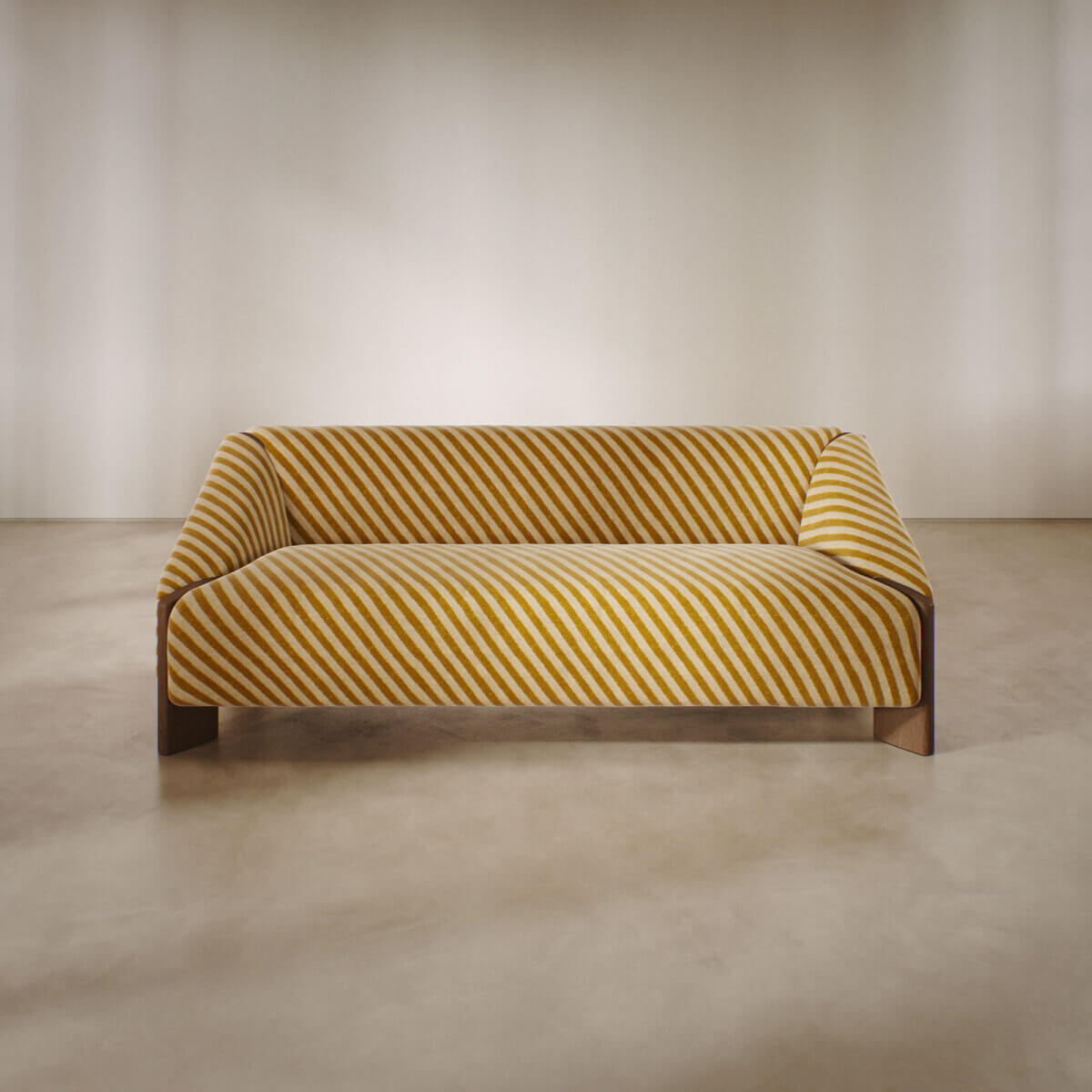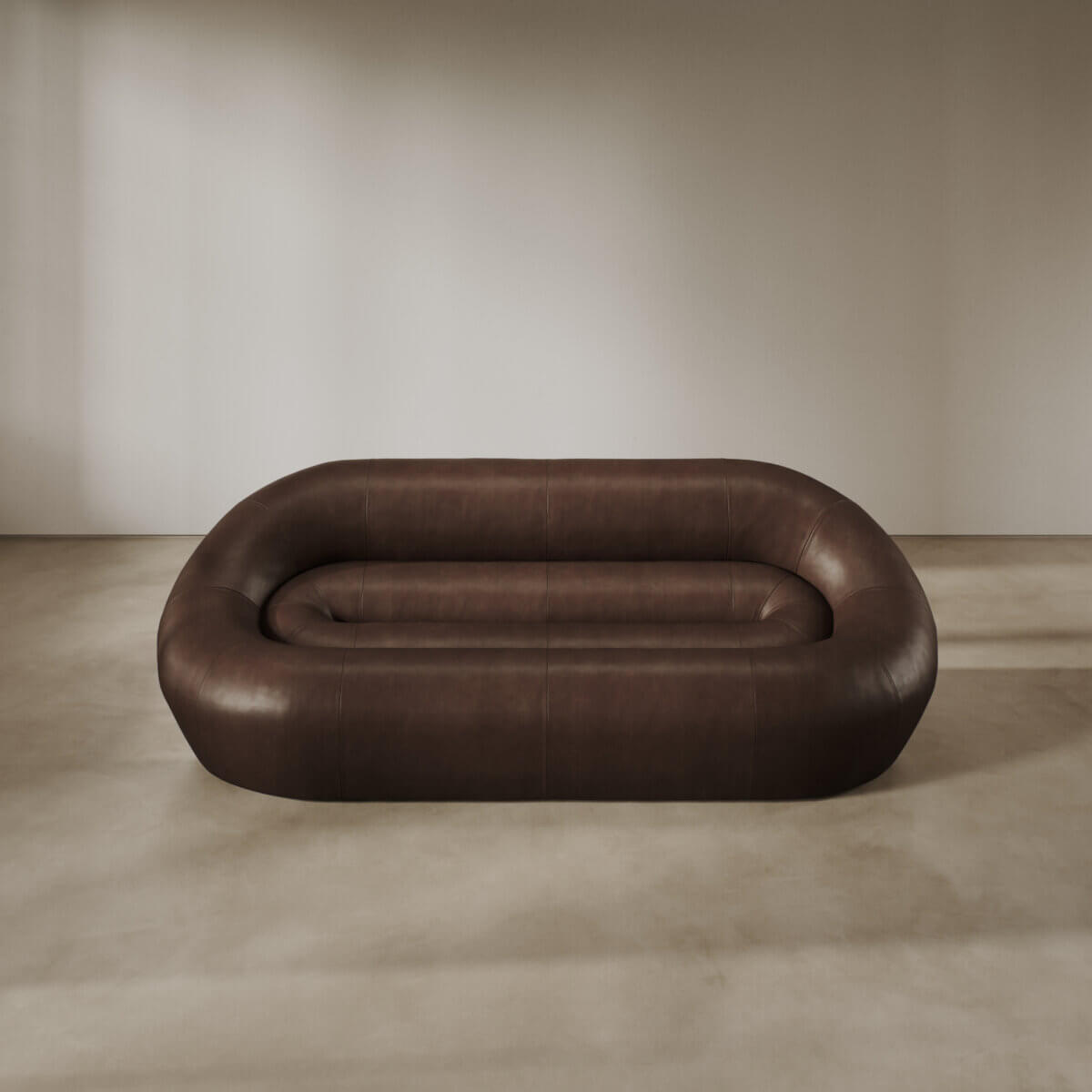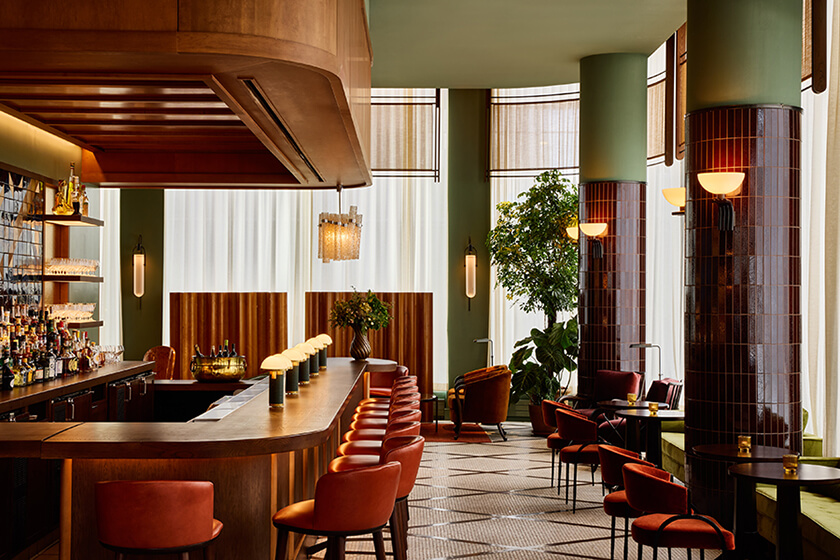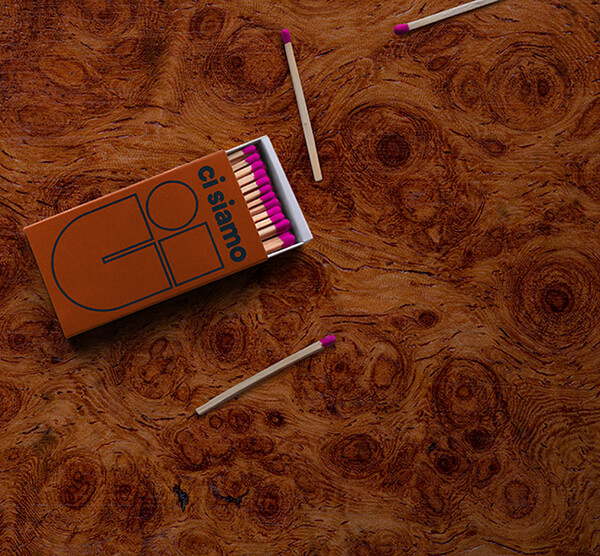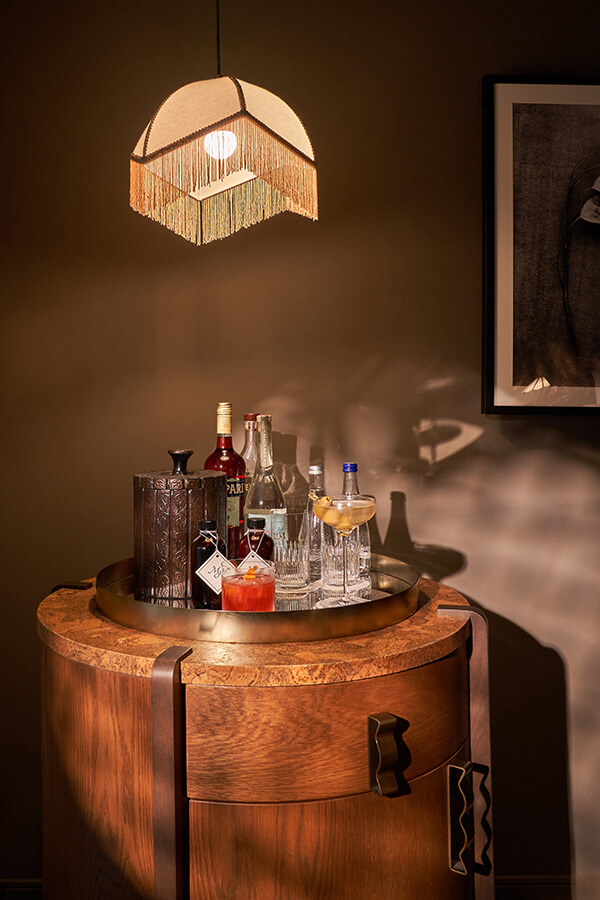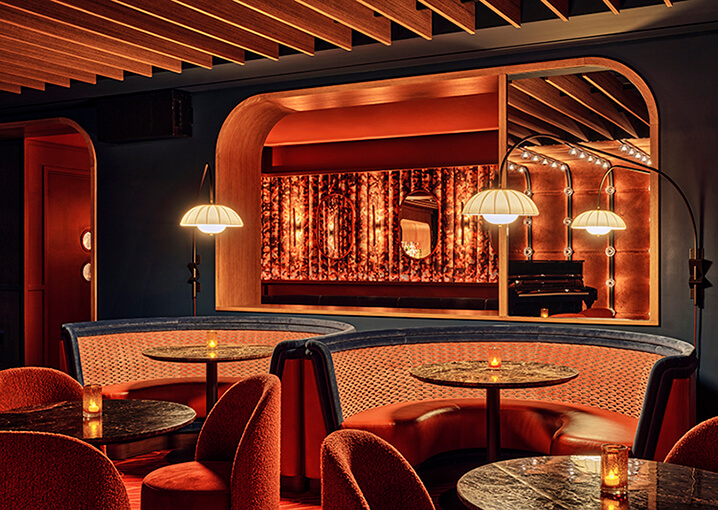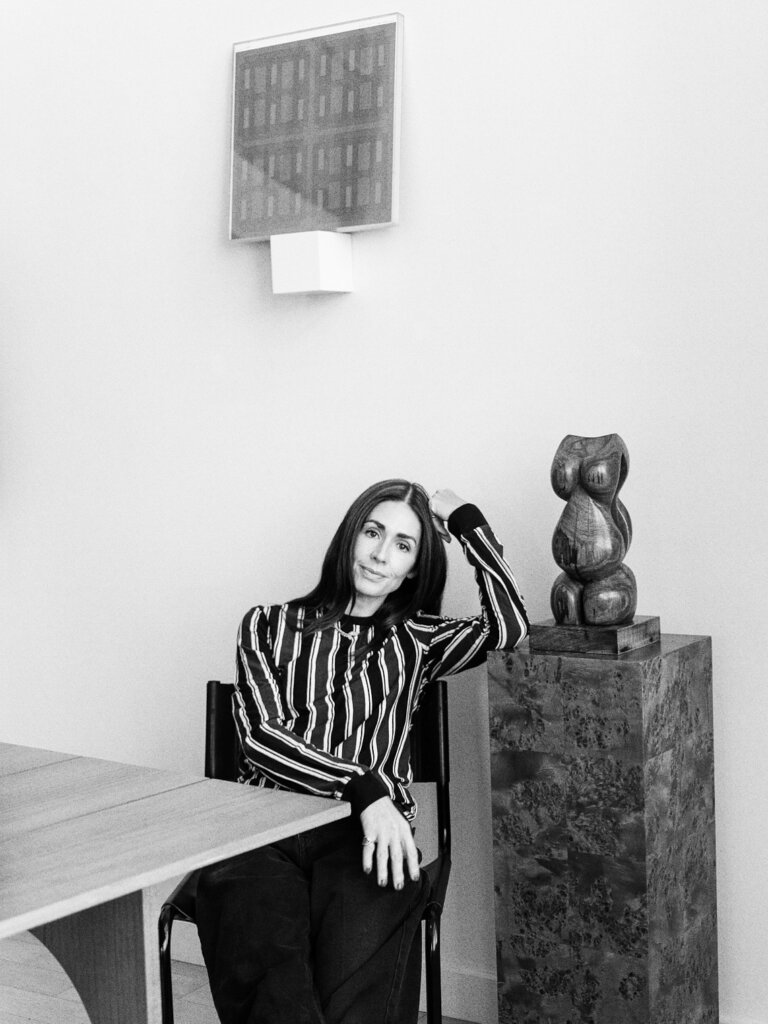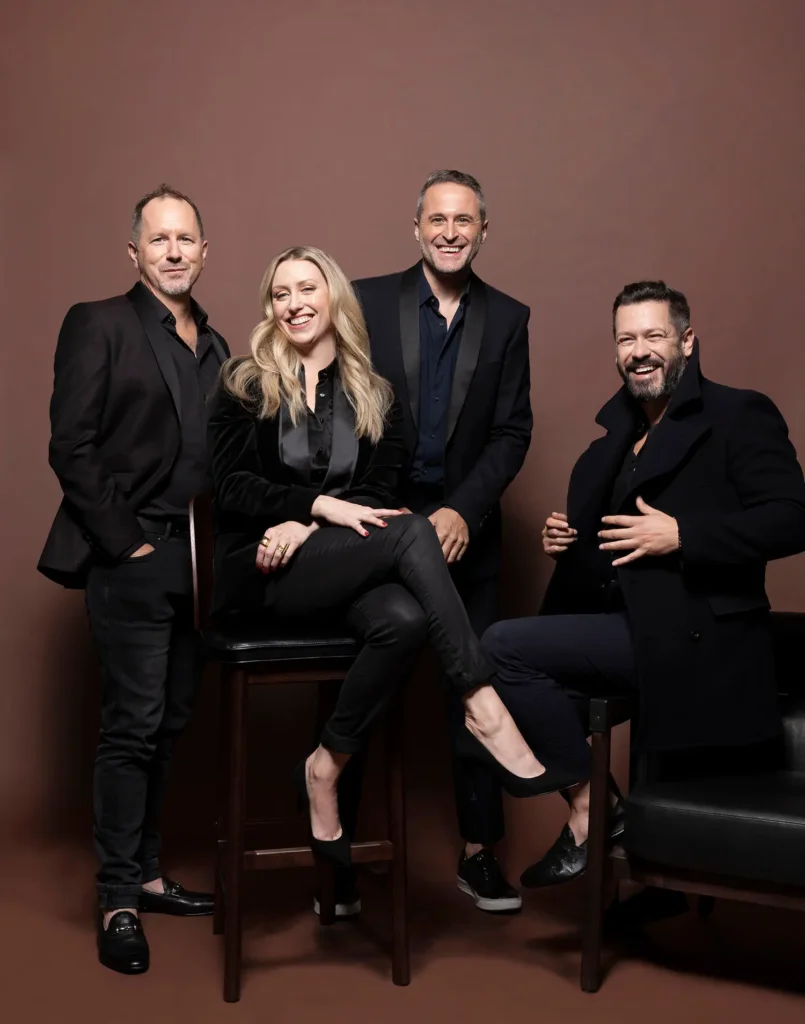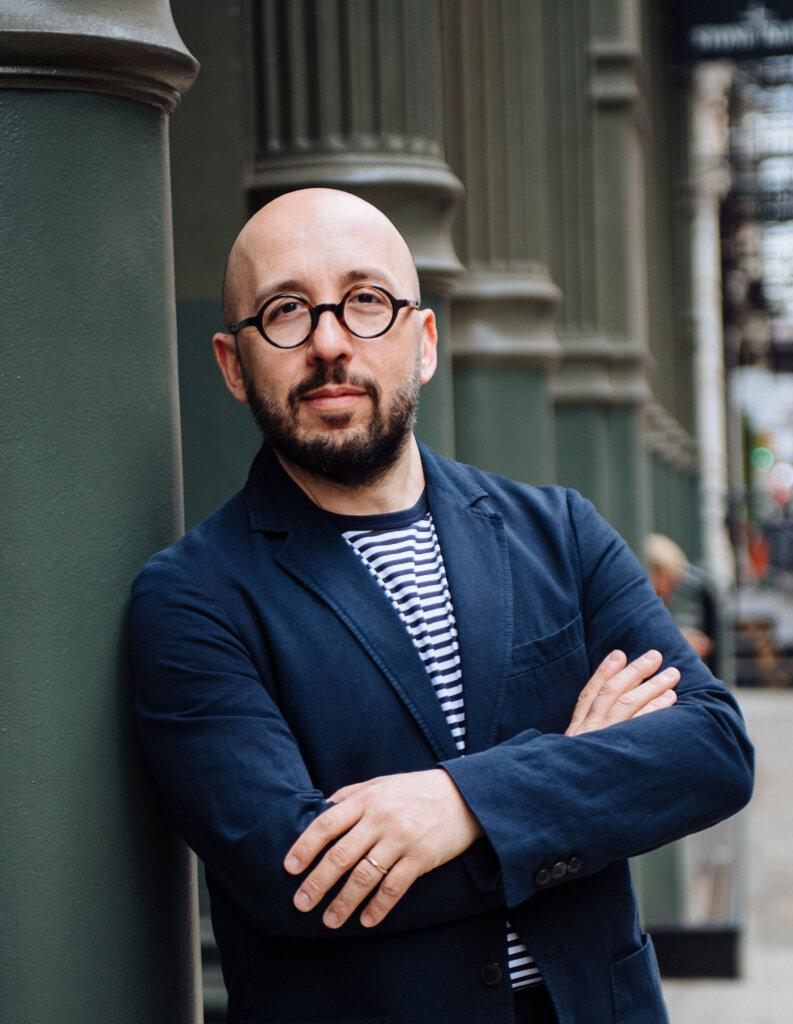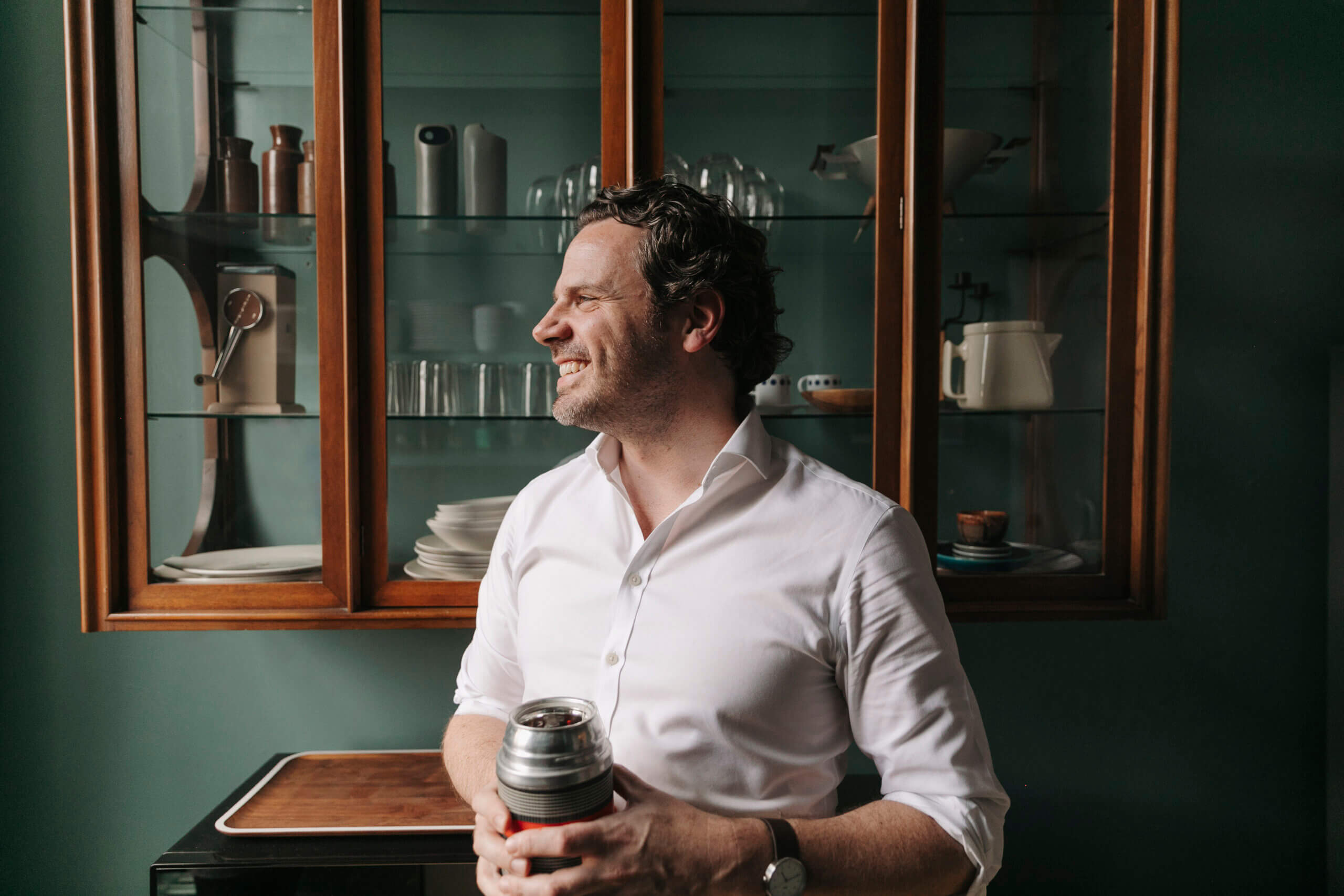
Matthew Goodrich is an award-winning interior designer and strategist known for projects that foster interaction and human connection. His body of work includes brand creation, hotels, and restaurants ranging from chef-driven fine dining to food halls. His unusual design approach builds upon a foundation of deep research and curious exploration. He casts a wide net across history, popular culture, art, literature, and the site’s terroir to capture hidden histories. These are distilled to establish a specific conceptual and visual vocabulary unique to each project. He is constantly learning and prototyping new ways of doing things. The result is a portfolio of intuitive and empathic spaces.
In 2017, he founded GOODRICH to create hospitality and branding experiences which fuse conscious, meaningful design with operational innovation. Prior to founding this studio, Matthew was Chief Creative Officer at AvroKO, where he led the design process for hospitality and retail projects and provided creative leadership for the internal branding agency Brand Bureau. Before that, he was Senior Associate at Rockwell Group.
Initially, Matthew worked in museums, galleries, and artists’ studios, helping them to fabricate works of art and assemble exhibitions. He worked with artists such as Laurie Anderson, Oliver Herring, Deborah Kass, Glenn Ligon, and Joyce Pensato. He came to understand how artists interpret the world, simultaneously seeing the problems and positing solutions. He sees design through this future-focused, visionary lens.
As a kid, what did you answer when asked, “What do you want to be when you grow up?”
Matthew Goodrich: I would have said “artist, actor, or florist.”
Which designer and/or piece of work inspires you? Why?
MG: David Chipperfield’s Neues Museum in Berlin is one of the most emotional pieces of architecture I’ve experienced. The seamless integration of ancient and contemporary forms and the restraint with which the devastating scars of the war are addressed but not erased is profoundly moving. There are so many metaphysical layers in the experience, and not a single wrong note or missed opportunity. It is formally and emotionally brilliant.
How would you describe your design philosophy?
MG: I believe a work of design can have tremendous depth and meaning. Just as a writer chooses specific words carefully to craft subtle meaning in sentences, designers shape light and space and choose furniture and materials to communicate specific values and meaning to the users of the space. Interior design is like collage, where each material, textile, and piece of furniture is embedded with its own meaning: the period in which it was made, the designer’s culture and beliefs, and the experience it created for a user. A well-designed space can communicate complex meaning if the designer is thoughtful about what each element connotes.
Who are the three designers you follow on Instagram?
MG: Formafantasma, Dimore Studio, Callidus Guild.
Give us some context about where you live: How long you’ve been there and how does it influence your work?
MG: I’ve lived in New York City for thirty years. Our studio is in the Flower District, near the Chelsea galleries, and my apartment is on the north edge of Hell’s Kitchen, a short walk from MoMA and so many other museums. Our location affords us incredible access to inspiration. I visit galleries to absorb contemporary art and stop by the museums to view historical art in person. Over the past five years, my partner Thom and I have spent a lot of time at our house in Bucks County, closer to Philadelphia, where he serves as the director of The Barnes Foundation. There, we enjoy a much quieter routine on weekends. I draw in the mornings, read and watch movies, and spend time in nature, walking or going for a run along the Delaware river. After years of living in the concrete jungle of NYC, I’ve discovered great joy in returning to the same natural spots and observing the changing seasons. It has been a total surprise to me that I am happy with so much less stimulation.
Was there a moment when you realized you wanted to be a designer? If so, what was it?
MG: When I first lived in NYC, a friend took me to see Unzipped, a film about fashion designer Isaac Mizrahi. Staring at the screen, I was dazzled by the roller coaster of a designer’s creative life – the process of developing the germ of an idea into a full collection, and the unpredictable journey that creative thought leads one on. I was instantly inspired.
Which of your projects or products are you most proud? Why?
MG: I am most proud of our design for Ci Siamo, a restaurant we created for Danny Meyer and Union Square Hospitality Group. We had the opportunity to design every aspect of the space – from the interiors and branding to a diverse range of custom furniture and bespoke lighting. We also sourced vintage furniture and objects and curated the art to create a cohesive and thoughtfully layered environment. It is a great example of how we can embed rich meaning into a layered interior, and of getting the most out of every element.
What are your favorite materials with which to work? Why?
MG: Our practice spans multiple disciplines: branding and brand strategy, interior design, and product design. I’m fortunate that I get to work in a lot of different modes. In brand strategy, I love collaborating with our clients in “blue sky” mode – my favorite creative space – shaping bold visions that can transform their business. In our interior design projects, I love diving into the fine details of the finishes, particularly textiles and color, and the curation of styling and artwork. And in product design, I get to learn about manufacturing and craft with my colleague Hines Fischer every day.
What piece of advice do you wish someone had given you at the start of your career?
MG: It’s a marathon, not a sprint. Take the time to build the self-care habits that help you sustain a long creative life. The process is as important as the final product, and it is important to guide the process well – for clients, collaborators, and fabricators – if you want to achieve exceptional outcomes.
What is the most pressing issue in the interior design field today?
MG: Sustainability and longevity of design. We must move away from the “fast-fashion” mentality as an industry and create spaces that can be adjusted and evolved over time, not completely gutted and re-made. We need to retrain ourselves and reset the visual standard for clients to embrace lasting quality materials to create interiors that show wear and age gracefully. Our team endeavors to create spaces apart from trends, that can live long lives and be selectively updated with small gestures and minimal waste. This effort requires our whole industry to take stock, and shift expectations and values.
What’s now? (What are you currently working on: A new project? Experimenting with new materials, techniques, or approaches? Learning about something?)
MG: Branding for a new restaurant for Momofuku in New York. Chef Paul Jenkins wants everything to have a warm, hand-made feel so we are hand-painting artwork and hand writing text. We’re working on a new scalable brand for a live-music venue and learning so much about bringing people together for shared experience. We’re designing two lighting collections right now, one in bent plywood and one in stone, each featuring a different approach to illumination based on what we’ve learned from our hotel design projects.
What’s next? (What’s in your future: Are you anticipating an upcoming event? Going to start work on a project? Planning a trip? Working on a particular dream or goal?)
MG: We are about to move into a much larger studio space, and we are excited to see how that allows us to evolve our process. We’ll have more space for samples of our product designs, and room to hang more art. And we’ll be able to host more events, which we are looking forward to. We’re always looking for new project types that allow us to expand our skills. This year that includes a foray into luxury retail design, two live-music venues, and a collection of dining chairs and bar stools for an American manufacturer.
What is your favorite movie? And your favorite band or/and song?
MG: Favorite movie: Moonstruck. A perfect film in every way. Excellent screenplay, fantastic performances, brilliant production design. I am currently obsessed with Vampire Weekend’s album Only God Was Above Us and with Samara Joy’s Linger Awhile.
To discover more, visit GOODRICH and follow on Instagram @goodrich.nyc.
More from ICFF:
Brand Spotlight: Italy at ICFF 2025
ICFF 2025 Preview: Bespoke Salon
The Challenges and Disadvantages of Producing in New York City

